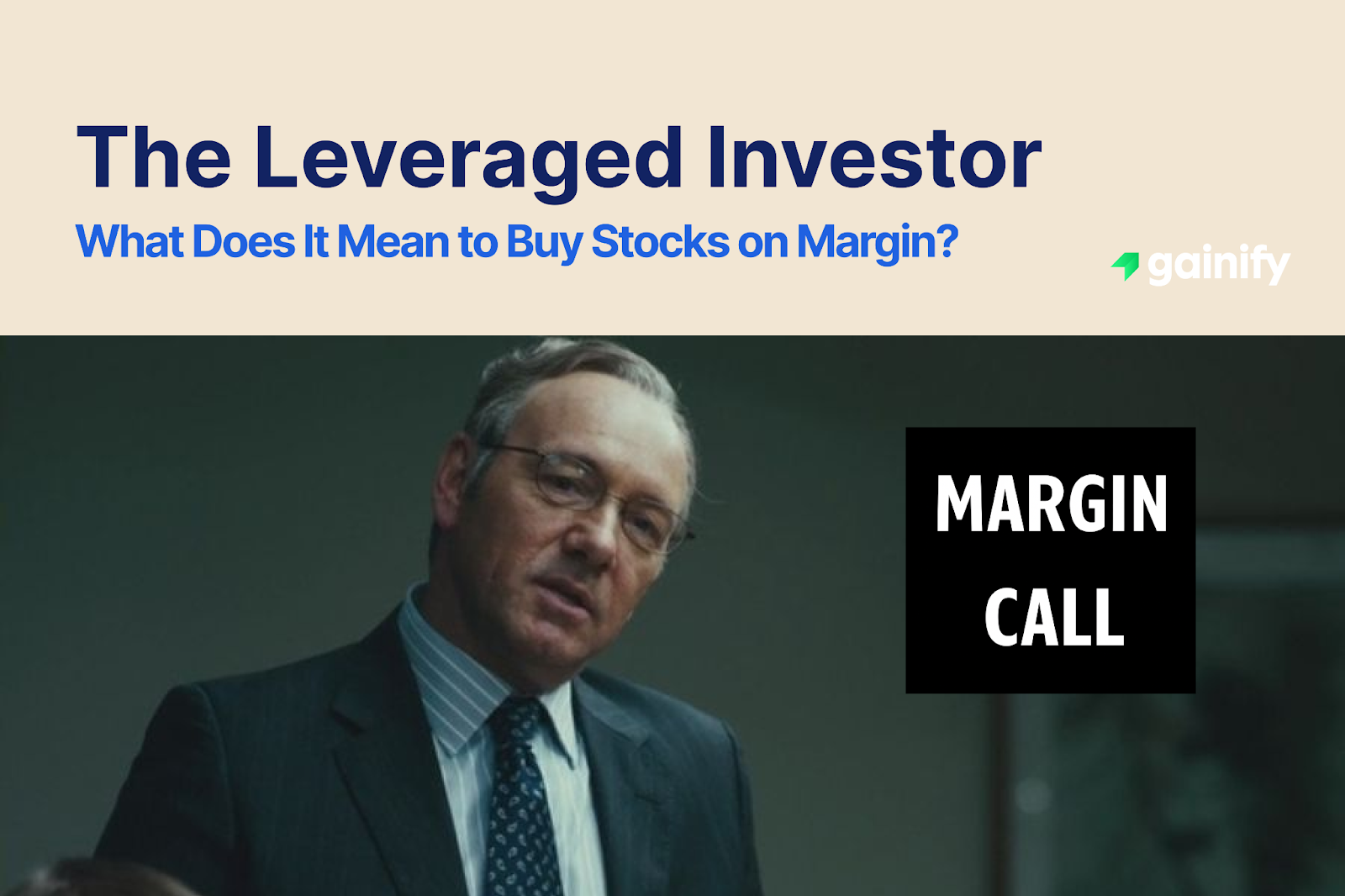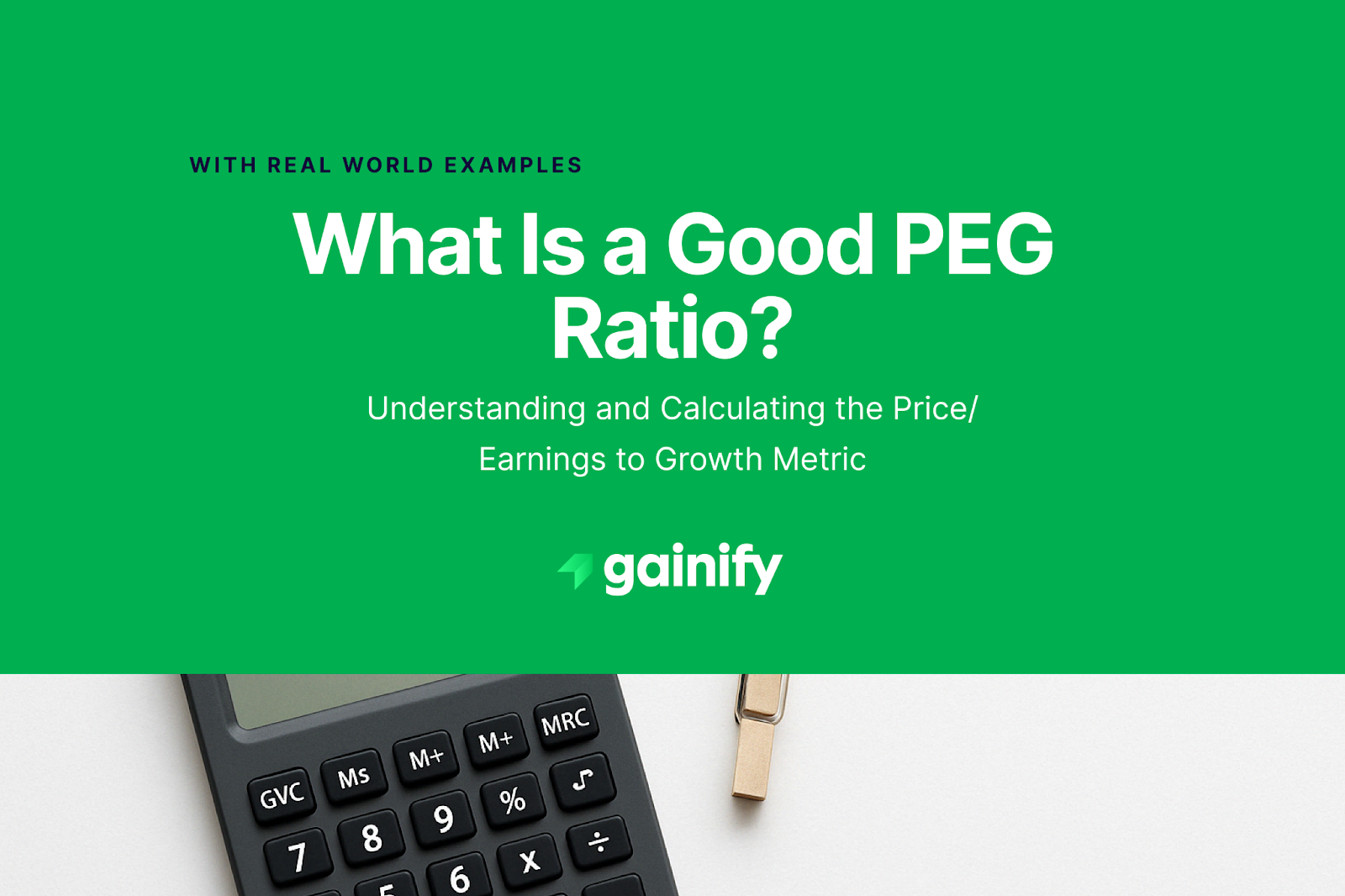The world of investing often presents a compelling vision of growth, where diligent capital can accumulate wealth over time. For many, this journey is undertaken with readily available funds. However, a distinct and powerful tool exists that allows investors to amplify their potential returns beyond their direct cash holdings: Buying Stock on Margin. This strategy, while offering compelling possibilities for a full-time trader or those pursuing speculative trades, introduces a level of complexity and risk that demands profound understanding.
At its core, Buying on Margin means investing with borrowed money. It is a sophisticated financial maneuver that allows an individual to purchase more market securities than they could with their own capital alone. This increase in buying power, facilitated by a margin loan from a brokerage firm, can seem like an attractive pathway to accelerated gains, appealing to those with strong conviction in their investment choices and a desire to maximize market opportunities.
Financial experts consistently emphasize that trading on margin is not for every investor. While it holds the allure of magnified profits, it simultaneously carries the weight of amplified losses. Understanding this dual nature is not merely a cautionary note; it is a fundamental prerequisite for anyone considering this advanced investment technique. The financial industry offers this tool, but with significant responsibility for the user.
This article will demystify the concept of Buying Stock on Margin. We’ll unpack how it works, explore its significant benefits, and, crucially, illuminate the substantial risks involved, including the infamous margin maintenance call. Prepare to gain a precise understanding of this powerful yet perilous facet of leveraged investing, enabling truly informed decision-making towards your financial targets.
What is Margin? The Foundation of Borrowed Capital
To engage in Buying on Margin, an investor must first open a brokerage account that is specifically enabled for margin trading. Unlike a standard cash-only basis account, this margin account allows the investor to borrow funds directly from the broker, using the market value of securities purchased as collateral for the loan value. This arrangement effectively increases the investor’s buying power beyond their deposited cash.
For U.S. regulated brokers, regulatory bodies such as the Federal Reserve Board (through Federal Reserve Board Regulation T) and FINRA, set minimum initial margin requirement standards. For common stock, this requirement typically stands at 50% of the purchase price. This means if one wishes to buy $10,000 worth of marginable securities, they could potentially use $5,000 of their own money and obtain a margin loan for the remaining $5,000 from their broker.
The borrowed funds constitute this margin loan, and a margin interest rate is charged on this interest bearing loan, much like any other credit facility. This interest rate is variable, often referred to as the margin rate, and usually tied to a benchmark rate, varying by brokerage firm and the size of the loan. Understanding these interest costs is vital, as they are an ongoing interest expense that can erode potential profits, regardless of the investment’s performance.
The Upside: Amplified Gains through Leverage
The primary appeal of trading on margin lies in its ability to amplify gains. When an investor uses borrowed funds (a margin loan) to control a larger position in a security, any upward movement in that security’s price is magnified relative to the investor’s actual cash outlay. This is often referred to as leveraged trading, significantly boosting buying power.
For example, imagine one purchases $20,000 worth of marginable stocks, using $10,000 of their own cash and borrowing a $10,000 margin loan. If the stock then rises by 10% to $22,000, the gross profit is $2,000. After repaying the margin loan, the net gain (before interest expense) is $2,000 on the initial $10,000 investment, representing a 20% return on equity. This demonstrates how margin can double a percentage return when the stock price moves favorably.
This enhanced profit potential offers trading flexibility and can be particularly attractive for those with a trader mentality in periods of strong market performance or when an investor has high conviction in a specific stock’s short-term movement. It allows for greater capital efficiency, potentially freeing up other funds for different investment opportunities or maintaining liquidity for other needs, including strategies involving financial instruments like stock options. It also facilitates short sales of shortable stocks to profit from declines, potentially generating short-term capital gains.
The Downside: Amplified Losses and the Margin Call
While the potential for magnified gains is enticing, the inherent risk of margin investing is the proportional amplification of losses. If the market moves unfavorably, a small percentage drop in the market value of securities can quickly translate into a substantial percentage loss on the investor’s original capital. This makes trading on margin a high-stakes endeavor, especially for high-ticket items or penny stocks.
Consider the previous example: one bought $20,000 of stock with $10,000 cash and a $10,000 margin loan. If the stock falls by 10% to $18,000, the loss is $2,000. This $2,000 loss is entirely absorbed by the initial $10,000 cash, representing a 20% loss on equity, double what it would have been without margin. The margin interest rate on the margin loan continues to accrue, adding to the financial burden even as the investment’s value declines, increasing interest expense and borrowing costs.
The most feared consequence of margin trading is the margin call, formally a margin maintenance call. This occurs when the equity in an investor’s margin account falls below a specific threshold set by the broker and regulators, known as the margin maintenance requirement or maintenance level (often 25% of the current market value of securities, though brokers may set a higher minimum margin requirement). If your portfolio value drops too much, for example, during a stock market crash or a disruptive event, a margin call is triggered, demanding a deposit to meet that minimum.
Failure to meet a margin call promptly can lead to severe repercussions. The brokerage firm has the right to sell any of the market securities in the investor’s account without prior notice and without consulting the investor as to which securities to sell, in order to cover the shortfall. This forced liquidation can lock in substantial losses, potentially exacerbating the financial damage. The accumulation of margin debt through successive losses can lead to owing the broker more than the initial capital.
Navigating Margin: Key Considerations
Buying on margin is a powerful tool best suited for experienced investors with a sophisticated understanding of market dynamics and a high risk tolerance. It is decidedly not for novices or those unable to absorb significant potential losses without impacting their overall financial stability. This aggressive investment strategy demands constant vigilance and disciplined risk management.
A Crucial Warning: Engaging in margin trading can lead to losses exceeding your initial investment. One might owe the brokerage firm more money than they deposited, even if they lose their entire cash investment.
Most investors miss several nuanced elements of T=trading on margin. First, it compresses the time factor: events that might cause minor discomfort in an unleveraged account can trigger cascading margin calls very quickly. Second, the money tied up as collateral for the margin loan is no longer available for other investment opportunities, representing an opportunity cost. Third, the psychological pressure of a falling market combined with a margin maintenance call can lead to irrational decisions or panic selling, further eroding capital.
Regulatory bodies establish specific margin rules. For instance, in the U.S., FINRA and the Securities and Exchange Commission have stringent rules governing margin accounts, including disclosure requirements and the initial margin requirement. Investors must fully understand their brokerage firm’s specific margin agreement and policies, which may be more restrictive than the regulatory minimums, and be prepared for swift action in case of a margin call. It’s vital to recognize that a “stop-loss” order won’t guarantee protection from a margin call if asset prices gap down, as often happens during unexpected news or market volatility. The prevailing margin interest rate on the margin loan is an often overlooked, continuous interest cost.
Trading on margin becomes particularly hazardous during periods of high market volatility or rapid market downturns, especially in illiquid stocks or around earnings announcements. In such environments, stock prices can fall quickly and deeply, triggering multiple margin calls in short succession and leading to rapid, forced liquidations. This can impact overall portfolio diversification if forced sales narrow your holdings.
Key Definitions for Margin Trading
To comprehend the nuances of Buying on Margin, understanding specific financial terms is essential.
- Margin Account: A type of brokerage account that allows an investor to borrow money from the broker to buy securities.
- Buying on Margin: The practice of using borrowed funds from a brokerage firm to purchase market securities.
- Margin Loan: The funds borrowed from a brokerage firm in a margin account, on which an interest rate is charged.
- Margin Interest Rate: The interest rate charged by a brokerage firm on a margin loan, also known as the margin rate.
- Initial Margin Requirement: The minimum percentage of a security’s purchase price that an investor must pay with their own cash when using a margin account, as set by regulators and brokers.
- Maintenance Level: The minimum equity percentage that must be maintained in a margin account relative to the market value of securities, also known as the margin maintenance requirement.
- Margin Call: A demand from a brokerage firm for an investor to deposit additional funds or securities into their margin account to bring the equity level back to the maintenance level. This can also be called a margin maintenance call.
- Buying Power: The total value of market securities an investor can buy, combining their own cash and any available margin loan.
- Leveraged Trading: The practice of using a margin loan to increase the potential return of an investment, which also amplifies potential losses.
- Short Selling: A strategy where an investor borrows shortable stocks and sells them, hoping to buy them back later at a lower price to return to the lender, profiting from a price decline, often executed within a margin account.
- Margin Agreement: The legal document signed by an investor that outlines the terms and conditions for opening and using a margin account, including all related borrowing costs.
- Margin Debt: The total amount of money an investor has borrowed from their brokerage firm through margin loans.
- Portfolio Value: The total current market value of securities held within an investment account.
- Interest Expense: The cost incurred on the margin loan due to the interest rate charged by the broker, which interest accrues over time.
- Market Value of Securities: The current price at which market securities could be bought or sold.
- Loan Value: The amount of a margin loan provided by the brokerage firm against the market value of securities held as collateral.
- Trading on Margin: The general act of executing trades using a margin account, implying the use of borrowed funds.
Insights for Strategic Investment Decision-Making
Buying stocks on margin represents a potent financial tool that, while offering the allure of magnified returns, demands an equally profound understanding of its inherent risks.
- Buying on margin involves borrowing from your brokerage, using your investments as collateral, to amplify purchasing power beyond your own capital.
- While margin can significantly magnify gains when investments rise, it equally amplifies losses, making it an exceptionally high-risk investment strategy.
- Understanding initial and maintenance margin requirements, and the critical implications of a margin call including forced liquidation, is paramount before engaging in leveraged trading.
- Margin trading demands a sophisticated grasp of market dynamics, disciplined risk management, and a high risk tolerance, making it unsuitable for many investors.




